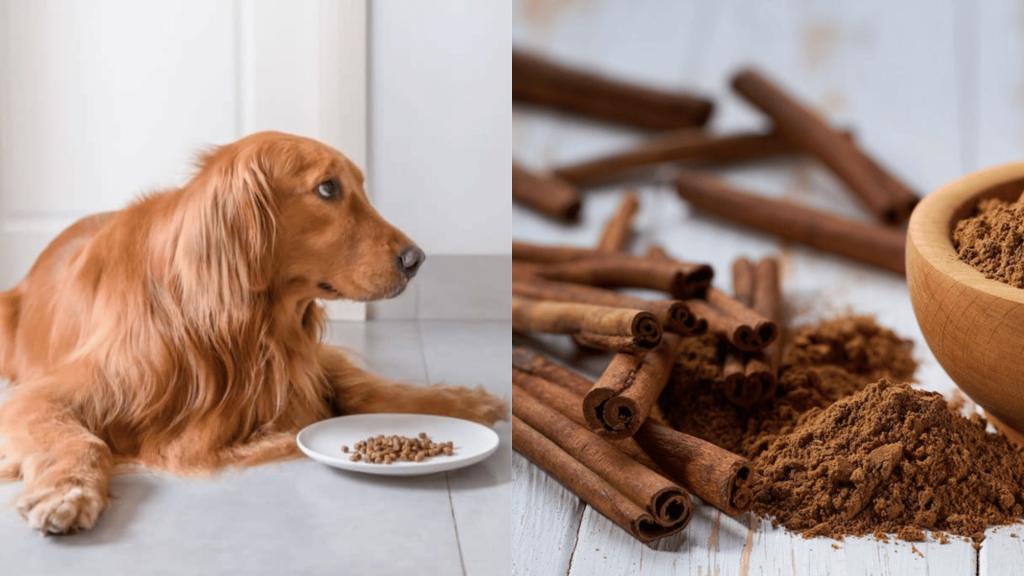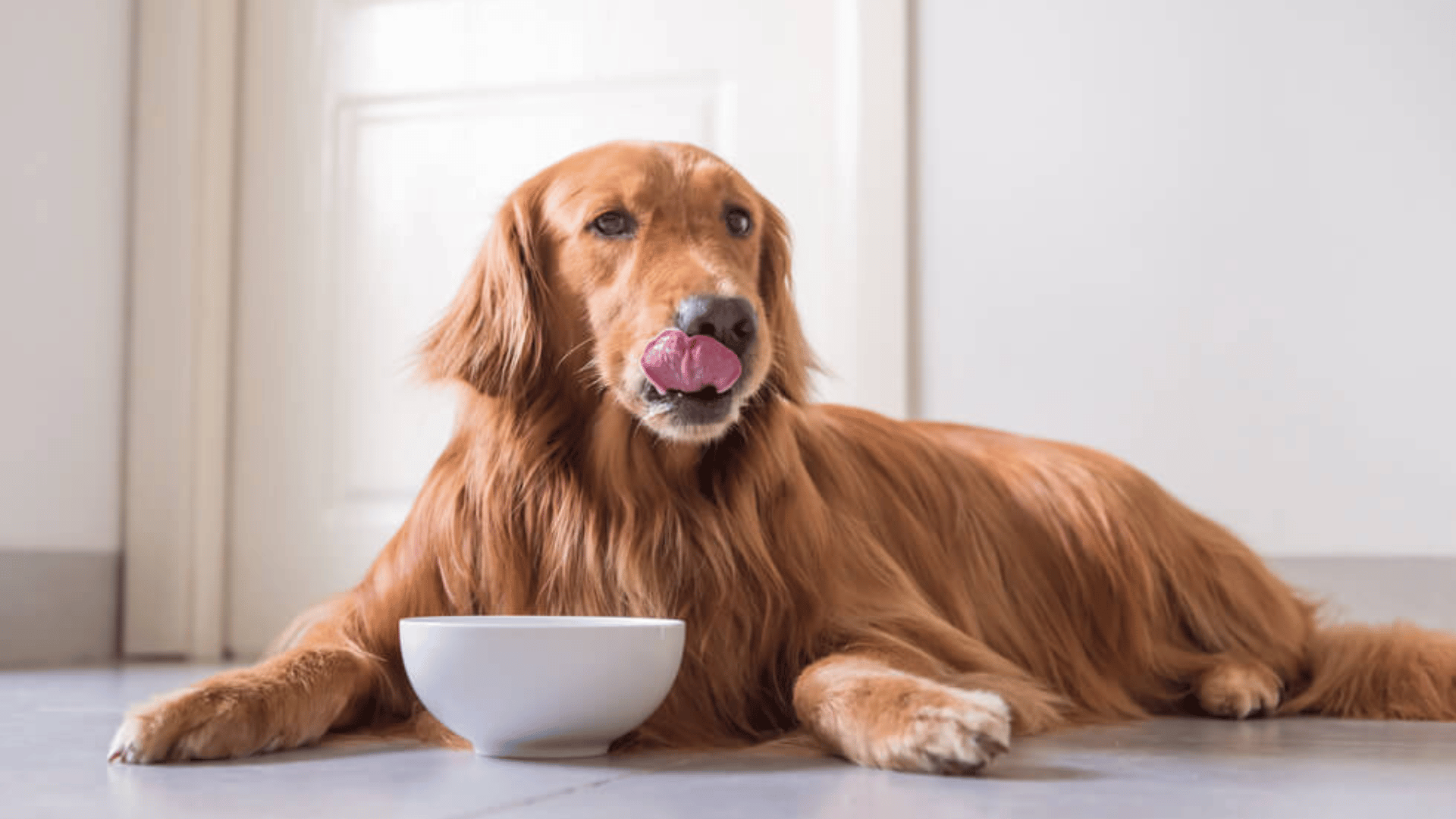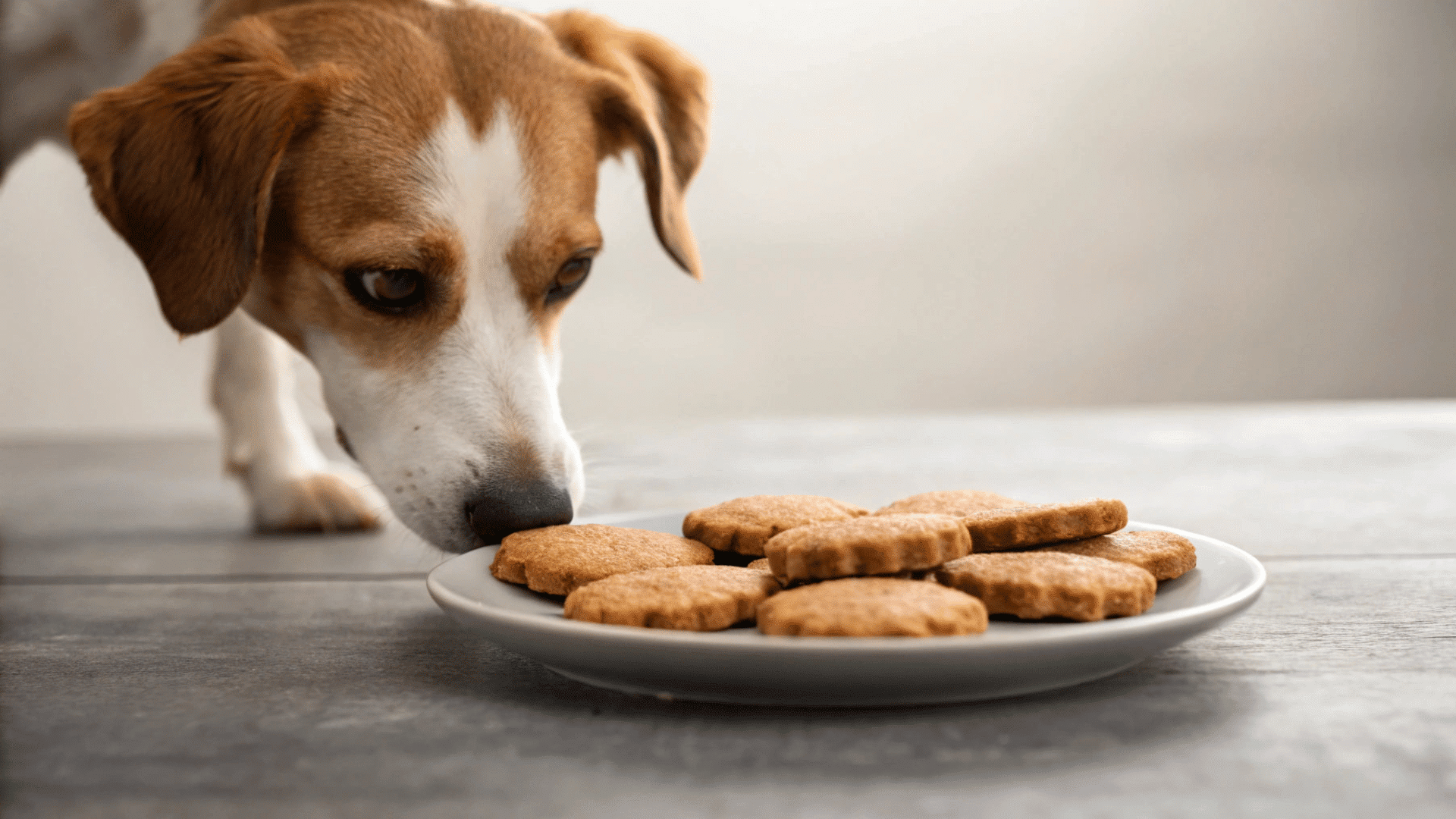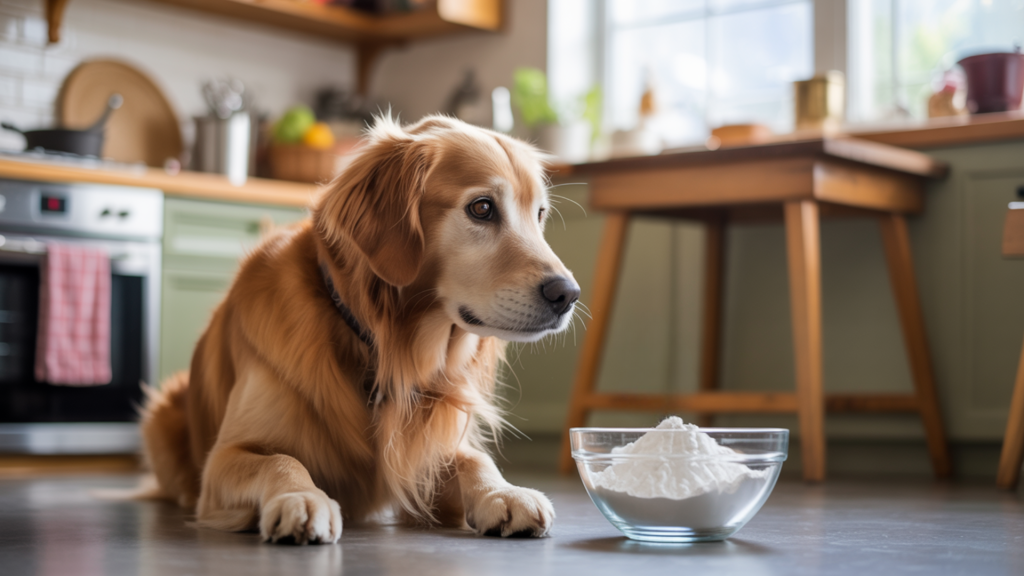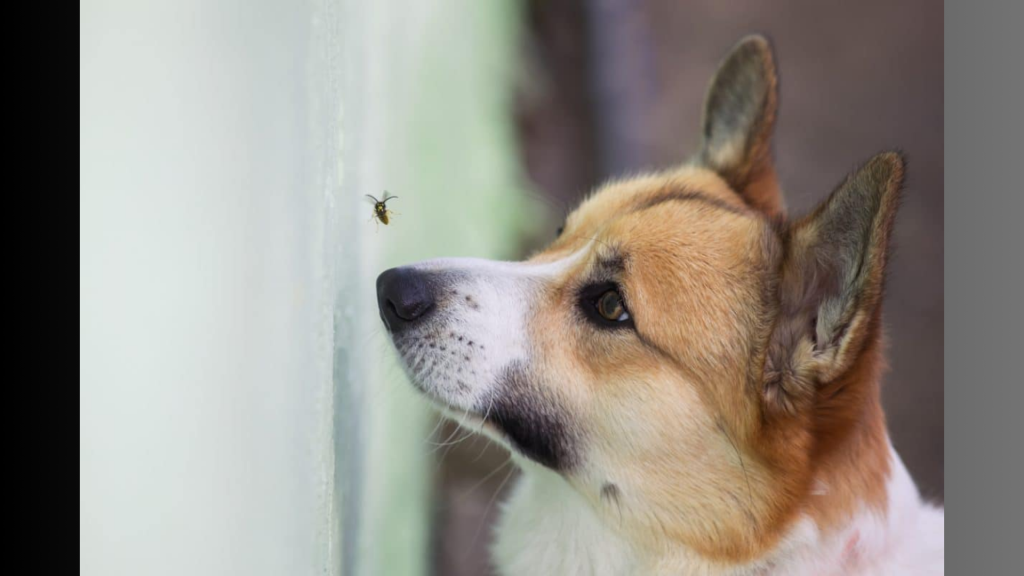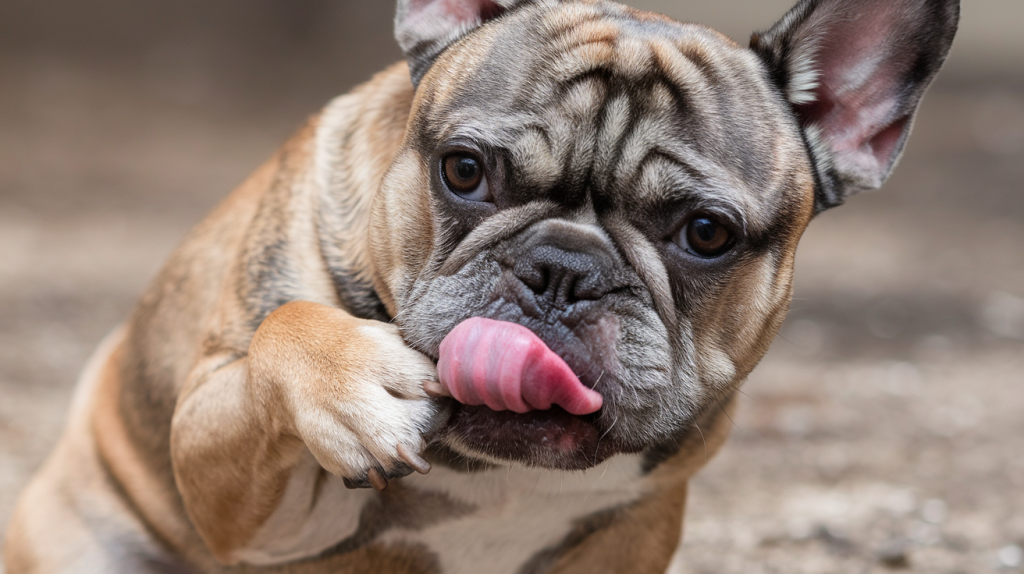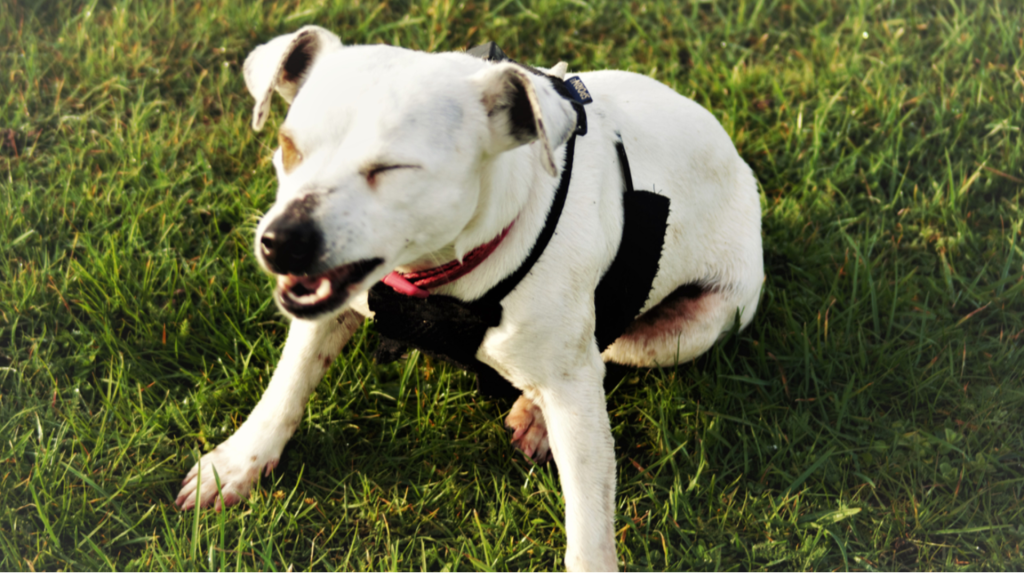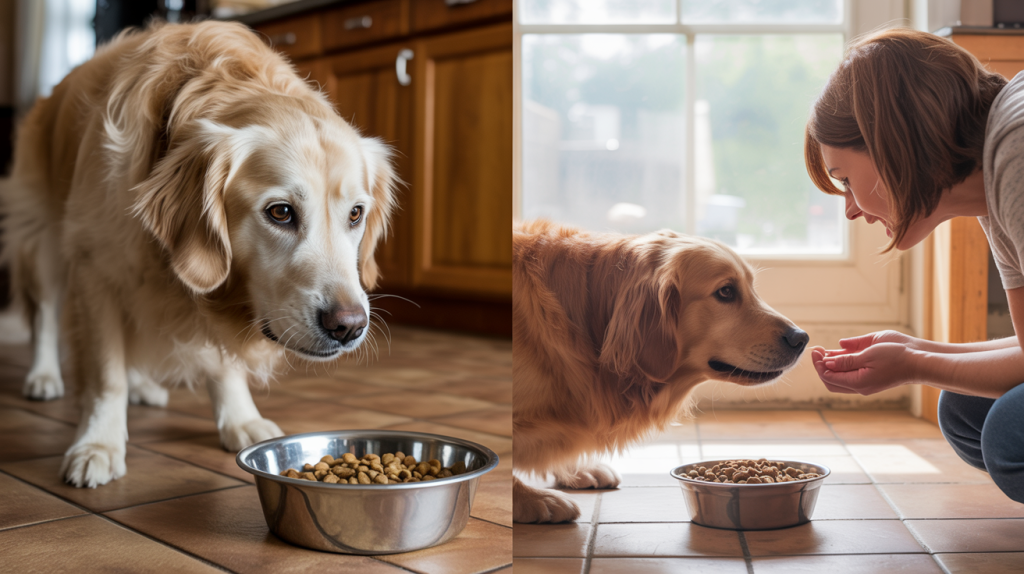Many dog owners wonder, Is cinnamon bad for dogs? After all, this warm, fragrant spice is a staple in many kitchens. People enjoy it in baked goods, coffee, and even health drinks. But when it comes to pets, the rules are not always the same.
That’s why questions like “Can dogs have cinnamon?” come up so often. Some believe it may offer health perks, while others worry about harmful effects.
This blog breaks it all down clearly and concisely. Readers will learn when cinnamon is safe for dogs, the potential benefits, and the risks associated with giving it in excess.
It will also share simple ways to offer cinnamon safely and explain what to do if a dog eats more than it should.
Can Dogs Eat Cinnamon?
Dogs can eat cinnamon, but only in very small amounts. The safety depends on the form and the type of cinnamon used.
Powdered cinnamon, especially the Ceylon variety, is the safest choice. A light sprinkle of dog-friendly foods or homemade treats usually doesn’t cause problems in healthy dogs.
Cinnamon sticks, on the other hand, should be avoided. They can be hard to chew, pose a choking risk, and may lead to blockages if swallowed.
Store-bought cinnamon snacks are also risky. Many contain harmful extras like chocolate, nutmeg, or artificial sweeteners, which can be toxic to dogs.
Cinnamon is not toxic in tiny doses, but large amounts or the wrong form can cause trouble.
Possible Health Benefits of Cinnamon for Dogs
Cinnamon isn’t a superfood for dogs, but some of its natural compounds may offer small health perks.
Research on pets is limited, but a few possible benefits are worth noting:
1. Supports joint comfort: Cinnamon contains anti-inflammatory properties that may ease stiffness in older dogs. This may help alleviate mild joint discomfort.
2. Helps with blood sugar balance: Some studies in humans suggest cinnamon may support healthy glucose levels. For dogs with diabetes, this might sound useful, but it should never replace veterinary treatment.
3. Freshens breath: A tiny sprinkle of cinnamon may reduce bad breath, which is why it’s often included in dog-safe treats.
4. Antioxidant support: Cinnamon is rich in antioxidants, which can help protect cells from everyday stress and support heart and brain health over time.
Risks and Side Effects of Cinnamon in Dogs
While a sprinkle of cinnamon may be safe, too much can cause problems for dogs. The risks range from mild irritation to more serious health issues.
- Mouth and stomach irritation: Cinnamon can create a burning sensation in a dog’s mouth and throat. It may also cause stomach upset, leading to drooling, vomiting, or a refusal to eat.
- Breathing troubles: Inhaling cinnamon powder can irritate the lungs and cause coughing or gagging. This is especially risky for dogs with existing breathing problems.
- Coumarin toxicity: Cassia cinnamon has high levels of coumarin, a compound that can damage the liver with regular or high intake.
- Allergic reactions: Some dogs may react with itchy skin, swelling, or digestive issues. Severe cases need immediate veterinary care.
- Essential oils and large doses: Cinnamon oil is highly concentrated and toxic to dogs. Even small amounts can be dangerous. Eating too much regular cinnamon can also lead to diarrhea, low blood sugar, and weakness.
How Much Cinnamon Can A Dog Have?
| Dog Size | Weight Range | Max Safe Amount (per serving) | How Often | Example for Reference |
|---|---|---|---|---|
| Small | Under 25 lbs | 1/8 teaspoon or less | Once a week max | About a light pinch of food for a Chihuahua |
| Medium | 25–60 lbs | Up to 1/4 teaspoon | Once a week max | Roughly the tip of a small spoon for a Beagle |
| Large | Over 60 lbs | Up to 1/2 teaspoon | Once a week max | About half a small spoon for a Labrador |
How To Feed Your Dog Cinnamon
Feeding cinnamon safely requires careful preparation, proper portion control, and close monitoring to protect your dog’s health and well-being.
1. Blend Cinnamon Into Familiar Foods
Blending Cinnamon into familiar foods rather than offering it alone. Mix a tiny pinch into plain cooked chicken, unsweetened pumpkin puree, or natural applesauce without added sugars.
This helps distribute the spice evenly throughout the meal, preventing concentrated bites that could irritate your dog’s mouth or throat.
2. Use Wet Ingredients as Carriers
Plain yogurt, mashed banana, or pure pumpkin work well for mixing because their texture allows them to bind with the powder.
The moisture helps prevent your dog from inhaling loose particles and makes the cinnamon easier to digest safely. These carriers also add nutritional value and natural sweetness that dogs enjoy.
3. Create Homemade Treats for Special Occasions
Incorporate small amounts into dog-safe recipes using ingredients like oat flour, eggs, and xylitol-free peanut butter.
Roll the mixture into small balls or cut into fun shapes before baking at low temperatures. This method allows you to control exactly how much cinnamon is in each treat.
4. Freeze Portions for Controlled Servings
Mix cinnamon with safe ingredients like plain pumpkin or unsweetened applesauce, then pour into ice cube trays.
These frozen portions offer precise serving sizes and make refreshing summer treats. The freezing process also helps mellow the cinnamon’s intensity while providing cooling relief on hot days.
5. Sprinkle Method for Maximum Control
Lightly dust a small amount over your dog’s regular kibble or wet food after mixing thoroughly. This technique ensures even distribution without overwhelming any single bite.
Start with less than you think necessary, as dogs taste spices much more intensely than humans do.
6. Layer Technique for Training Rewards
Create thin layers of cinnamon-infused ingredients between dog-safe crackers or biscuits. This sandwich method delivers minimal amounts while making the treat feel special and rewarding.
Use this approach during training sessions to make positive associations with the flavor while maintaining safety.
When to Avoid Giving Cinnamon to Your Dog
Certain dogs should never be given cinnamon, regardless of the amount.
- Dogs with liver problems: They must avoid cinnamon completely. The coumarin in cinnamon can worsen liver damage and interfere with recovery.
- Diabetic dogs require veterinary approval first. Cinnamon might interfere with diabetes medications and cause dangerous blood sugar changes.
- Dogs with sensitive stomachs: They often react poorly to the irritating properties of cinnamon. Those prone to vomiting or diarrhea will likely feel worse.
- Puppies under six months: They can’t safely process cinnamon. Their developing systems aren’t ready for this spice.
- Senior dogs: They may have hidden health issues that make cinnamon risky. Aging organs work less efficiently and might struggle with processing new foods.
When to Call the Vet
Recognizing warning signs helps dog owners act quickly when cinnamon causes problems.
Watch for symptoms such as vomiting, diarrhea, rapid heart rate, persistent coughing, or unusual lethargy after consuming cinnamon.
These symptoms indicate the dog’s body is struggling to process the spice.
Emergency situations require immediate veterinary care. If a dog eats large amounts of cinnamon, chews cinnamon sticks, or gets exposed to essential oils, don’t wait for symptoms to develop.
These scenarios can cause serious poisoning, choking, or intestinal blockages.
Always consult your veterinarian before adding new foods to a dog’s diet. This prevents most emergencies and keeps pets safe. Keep emergency vet numbers handy for quick access when needed.
Conclusion
Cinnamon is not automatically bad for dogs, but it isn’t a free pass either. A tiny sprinkle of the right type, preferably Ceylon cinnamon, can be safe for most healthy dogs.
For some pets, like puppies, seniors, or dogs with health issues, cinnamon should be avoided altogether. For others, it may be enjoyed in moderation as part of a homemade treat or mixed into dog-safe foods.
The most important step is checking with a veterinarian before adding cinnamon to a dog’s diet. Every pet is different, and a vet can confirm what’s safe for each one.
With the right guidance, dog owners can keep their pets healthy while avoiding unwanted risks.

